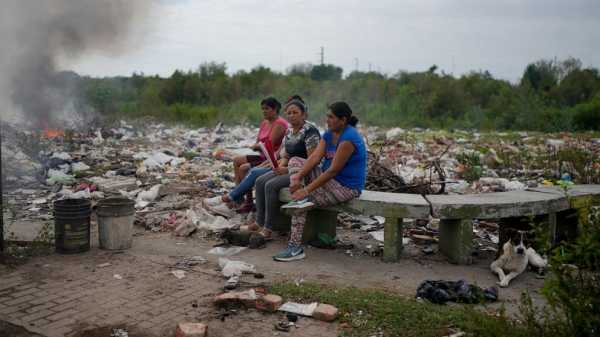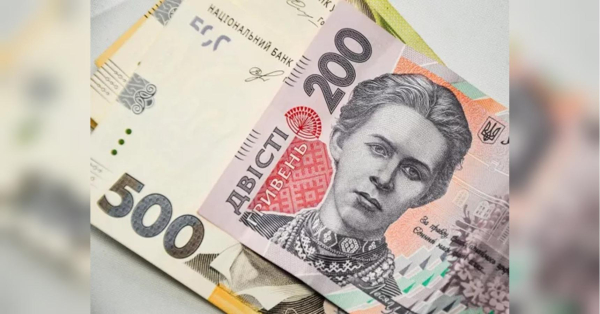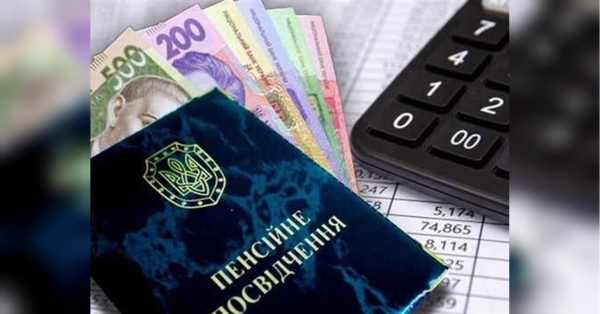
BUENOS AIRES, Argentina — One of the world’s highest inflation rates is making it more difficult to make ends meet in Argentina, where at the end of last year nearly four of every 10 people were poor, official figures revealed Thursday.
Poverty increased to 39.2% of the population in the second half of 2022, a three percentage point increase from the first six months of the year, said Argentina’s national statistics agency, INDEC. Among children under age 15, the poverty rate increased more than three percentage points to 54.2%.
In a poor neighborhood in Argentina’s capital, those who run a soup kitchen don’t need the statistics to tell them what they have been seeing amid an economy wracked by inflation that reached 94.8% last year.
“There’s more poverty than before,” said Graciela Gamarra, who runs the soup kitchen in the Fraga district that hands out more than 800 portions of food every weekday afternoon.
“After the pandemic, everything got worse," she said. "Most have precarious jobs, they don’t have fixed employment to say that they’re sure about how much they’ll make each month.”
Rosa Guerrera, 76, was one of the people who went to the soup kitchen with her plastic container to get food on a recent afternoon.
“If it weren’t for the soup kitchen, what would become of me?” Guerrera said, noting that more people from outside the neighborhood had been arriving recently to ask for food.
Experts say inflation has hit lower middle class families particularly hard as the price of food has increased more than other items.
“If the inflationary question isn’t resolved, it will be very difficult to recover purchasing power and lower the poverty level,” said Eduardo Donza, a researcher at the Social Debt Observatory at Catholic University of Argentina.
Even if inflation were to magically disappear, though, “it wouldn’t be enough, because the poverty level is associated with a very precarious job market,” Donza added.
The percentage of Argentina's population considered destitute — those whose income won't even cover basic, minimal food needs — decreased slightly to 8.1% from 8.8%.
The decline was largely due to welfare programs, without which the destitution rate would be around 18%, Donza estimated.
The government's efforts to cool inflation have been made even more difficult by a devastating drought that has increased costs even further. The annual rate of inflation rose above 100% in February.
Although the poverty rate has decreased slightly from 42% in the second half of 2020 at the height of the COVID-19 pandemic, it will undoubtedly be one of the main issues in the presidential campaign ahead of October elections. President Alberto Fernández has still not said whether he will seek reelection.
Members of the opposition were quick to criticize the government when the latest poverty figures came out.
“More than 18 million Argentines are poor,” former Buenos Aires Gov. María Eugenia Vidal wrote on Twitter. “And you know what the worst part is? This information is already outdated. The situation in 2023 is even more serious.”
For now, many Argentines don't have much faith that things could improve, even with new leadership.
“All the politicians promise, promise, and once they’re there, they don’t see you, they don’t listen to you,” said Gamarra, at the soup kitchen. “Most people here think the same way — just promises they don’t fulfill.”
Sourse: abcnews.go.com






